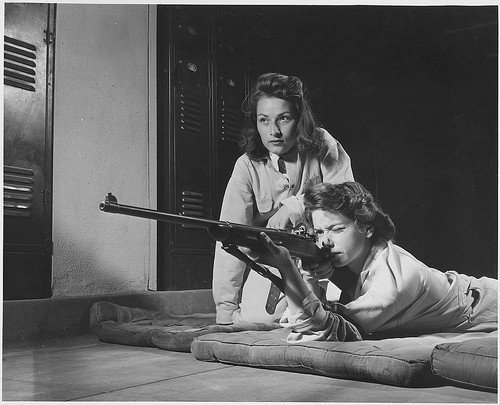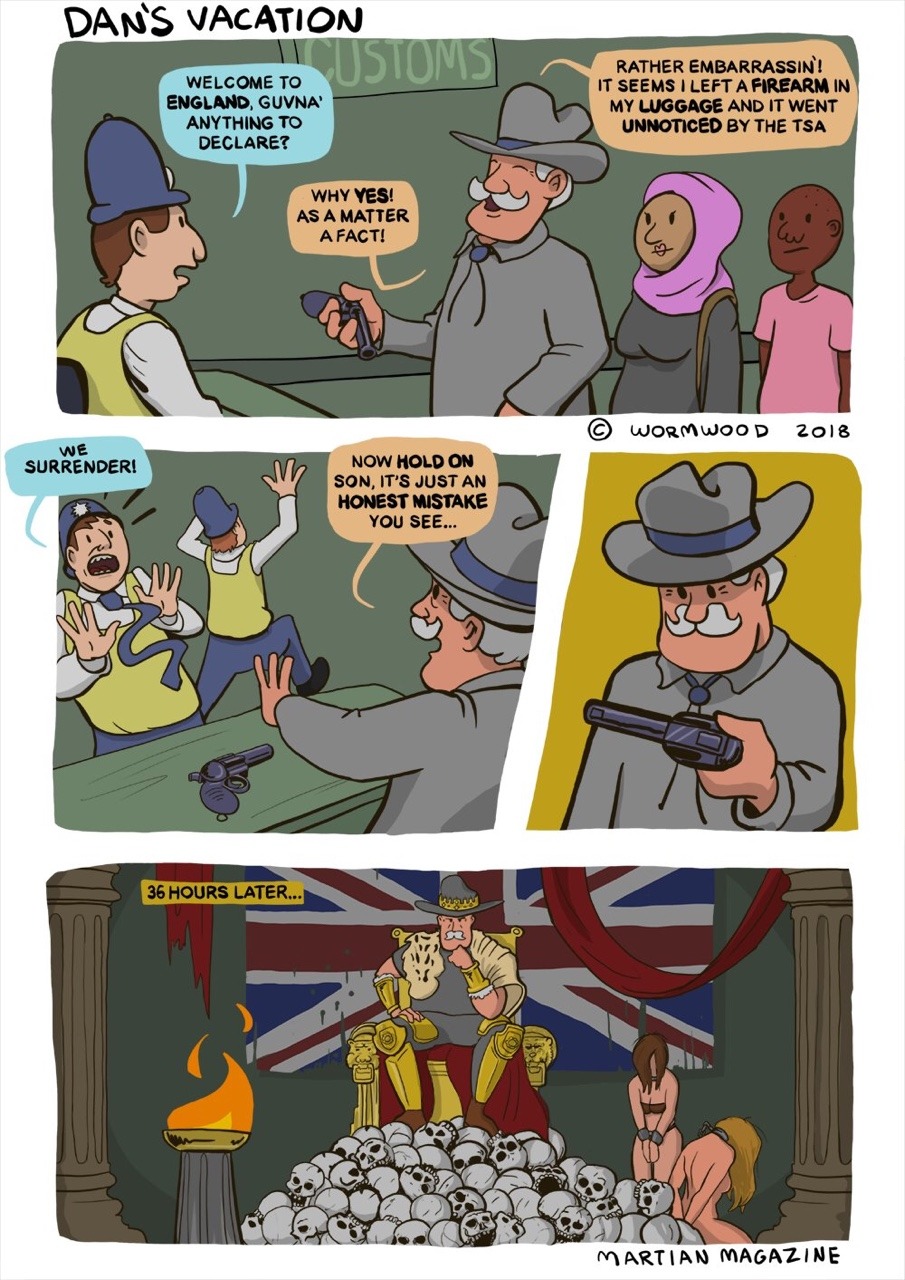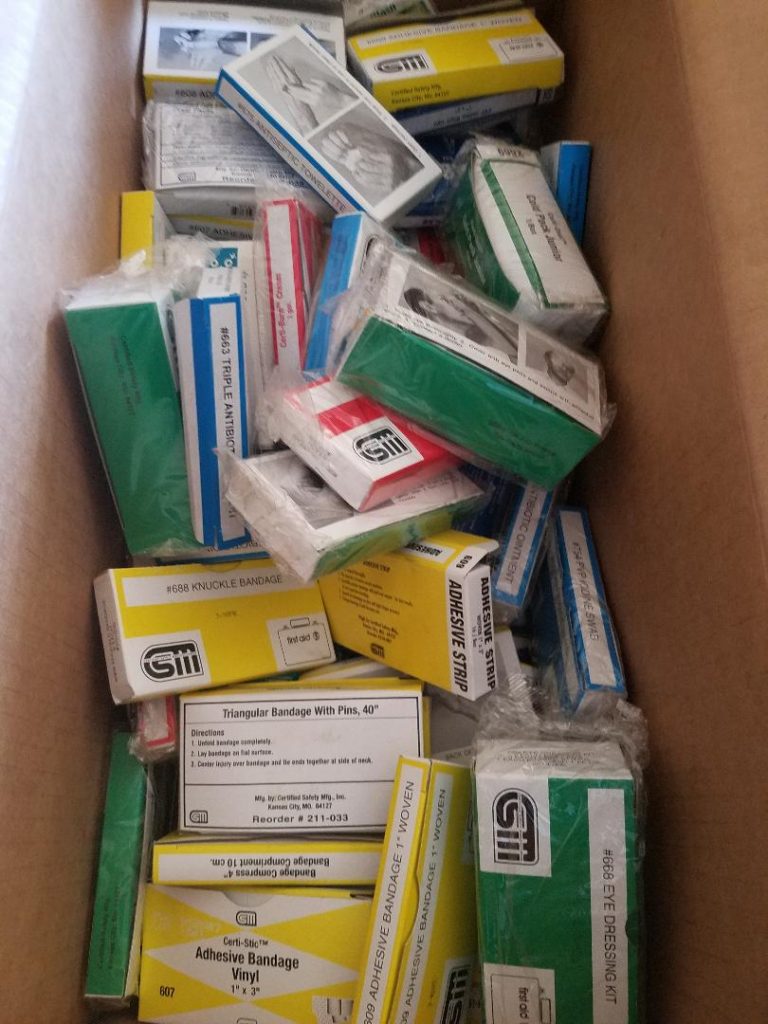So after the last large purchase of freeze-drieds, it was time to put the leftovers away. The freeze-drieds (FD) are packaged with an advertised shelf life of a minimum of around 30 years, and the experience of some folks seems to suggest that rating is pretty spot-on.

Thirty years…. I’ll expire before the food does.
But, the food only lasts as long as the container it’s packaged in. Now, I have had some MH sitting on the shelf for almost 20 years and it appears to be just fine. BUT….I have also had some #10 cans from the LDS cannery that eventually started to rust and look like they may be a bit sketchy. (One can had almost turned black with freckling, but when I cut it open everything was flawless inside…but there is no room for ‘probably ok’ when it comes to food storage.) Honestly, I do virtually nothing special to my #10 cans…I stick ’em in a cardboard box that holds six cans, tape it shut, and stick it on a wire shelf in my basement. Here in my part of Montana, the basement stays cool with virtually no humidity…optimal conditions. But, when a can of FD beef or chicken sets you back fifty bucks a can, it’s probably a good idea to maybe add an extra layer of protection. And some folks live in areas where the humidity can get downright troublesome…like, oh, the southeast US for example.
I’ve read a lot of stuff on how to store food long-term. Other than the ubiquitous statement about ‘a cool, dry place’, there are a few other suggestions on how to make sure your canned stuff doesn’t have it’s structural integrity compromised. The most detailed that I’ve read involves removing the labels from each can and ‘painting’ the can with (or dipping it in) melted paraffin. This seems like a pretty solid way to do things except that it also sounds like a tremendous pain in the butt. As I pointed out, there is an alternative. The folks at repackbox.com were kind enough to send me one of their kits that are designed to maximize the lifespan of the #10 can that’s housing the stuff that’s preventing you from having to eat your dog. I am always up for examining new gear..
So, starting at the top:
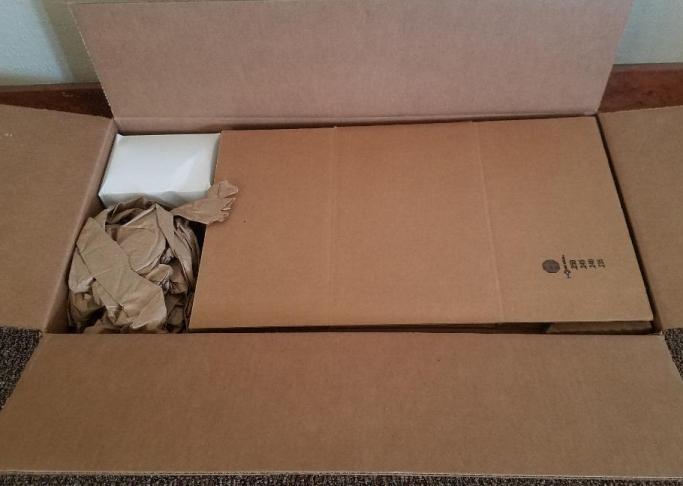 UPS dropped off a box and I was delighted at how much detail went into things. I mean, the storage boxes are marked with places to write down he contents of the box and then they provide a new black Sharpie for you to do the writing with. And a roll of tape to tape up the boxes. Literally, everything you need to pack your #10 cans for long-term storage is included…except for the shelves. Note to the guys at repackbox.com: find a bulk deal on surplus P38 can openers and include a couple with each overbox.
UPS dropped off a box and I was delighted at how much detail went into things. I mean, the storage boxes are marked with places to write down he contents of the box and then they provide a new black Sharpie for you to do the writing with. And a roll of tape to tape up the boxes. Literally, everything you need to pack your #10 cans for long-term storage is included…except for the shelves. Note to the guys at repackbox.com: find a bulk deal on surplus P38 can openers and include a couple with each overbox.
- 24 boxes for individual cans
- 6 overboxes that hold 4 individual boxes
- 24 polybags
- 24 dessicant packets
- 24 zip ties
- Sharpie
- Roll of tape
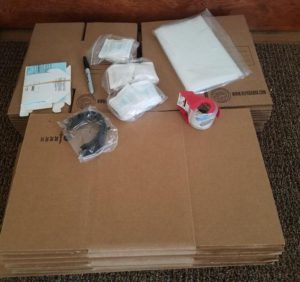 So the idea is that you take your expensive can of yuppie chow, put it in the polybag, add a packet of desicant, ziptie the bag shut, seal it up in the small box, and then load four of them into the overbox. At that point you’re good to go for what will probably be the next hundred years.
So the idea is that you take your expensive can of yuppie chow, put it in the polybag, add a packet of desicant, ziptie the bag shut, seal it up in the small box, and then load four of them into the overbox. At that point you’re good to go for what will probably be the next hundred years.
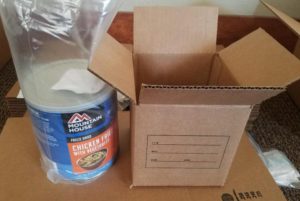
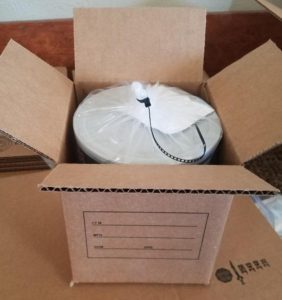
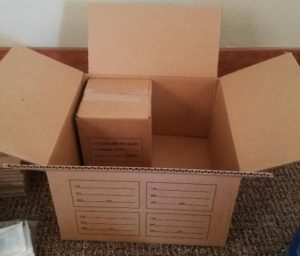
Lather, rinse, repeat until all boxes filled. The boxes, by the by, are some heavy duty cardboard. Is it waterproof? Of course not, but thats why the cans are sealed in a polybag. Is this the sort of packaging that you could put together on your own? Maybe. I ship stuff for a living so I know all the sources for this kinds stuff. But…here it is, in one place, ready to go, and just a couple mouse clicks away.
For my current needs, this is overkill. But, overkill isn’t a bad thing. What I mean by overkill is that, for me and my current circumstance, this is more protection than seems necessary (although erring on the side of caution isn’t a vice in the world of preparedness). But…let’s say I was going to store a bunch of this stuff offsite at the Beta Site, or the family hunting cabin, or in the attic at my uncles warehouse, or under the floorboards of a family members kitchen…..well, then there’s really no such thing as overkill. Come the day when you’re fleeing the [zombies/hurricane/troops/tornado/alien overlords] and arrive at your hideout, tip over the fake woodpile, and untarp your cache, it’ll be hard to think “Man, I really didn’t need to pack that stuff as well as I did”.
The biggest issue I would think anyone would have with this sort of lily gilding is the expense. But, four cans of FD meat is $200. And then there’s the whole what-if-my-life-depends-on-it angle. Breaking the cost down, it’s about $2.91 per can to exponentially increase the level of protection of your food supply.
Honestly, my own policy is probably that the stuff I store in my basement will probably not be packed like this. I mean, its in my basement…I can go downstairs and check on it every week if Im so inclined and stay on top of any issues. BUT…the stuff thats going to be tucked away Elsewhere…where I may not see it for a year (or years) at a time…well, that stuff is going to definitely get packed up like this.
So there you have it. There’s the old saying about how if your pants absolutely Must Not Fall Down that you go with suspenders and a belt…and then you sew your shirt to your waistband. This kit from repackbox.com is definitely the sew-your-shirt-to-your-waistband step of extra certainty. Go check ’em out.

